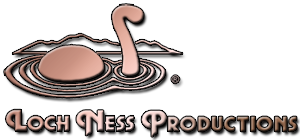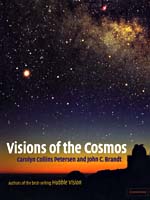Visions of the Cosmos
When Jack Brandt and I set out to write this book, we had two versions of Hubble Vision under our belts, and I had written and co-produced the largely successful Hubble Vision fulldome show (now in its second incarnation as Hubble Vision 2). That show, like the books of the same name, remains popular with planetarium theaters wanting to give their audiences a taste of what Hubble does.
With Visions of the Cosmos, we wanted to broaden the scope beyond HST science and give a popular-level introduction to astronomy without all the calculations and more rigorous exercises that a textbook requires. It was, in a large sense, a labor of love. We both soaked up astronomy through our pores throughout our careers. Jack was trained as an astrophysicist, while I had more experience in writing for the public than he did. I also had a thorough grounding in astronomy and many aspects of astrophysics, but did not have a PhD. So, we paired up to offer the best of both worlds in this book, the same as we did for the more singular look at Hubble in our two previous works.
The creation of Visions of the Cosmos took place during a two-year period in the early 2000s; I had just left Sky & Telescope and Jack had retired from the University of Colorado and was doing some work at University of New Mexico. We swapped chapters by email and hardcopy, and met several times either at my home or his to work more "in depth". We wanted to make the book more of a visual tour de force, so spent a lot of time evaluating images. In truth, we were spoiled for choice, and the book reflects that. In the end, we think it succeeded with readers, and we're happy to have done it. I wish it were still in print, but it continues to sell and resell in secondary markets, which tells me the book still has "legs".



